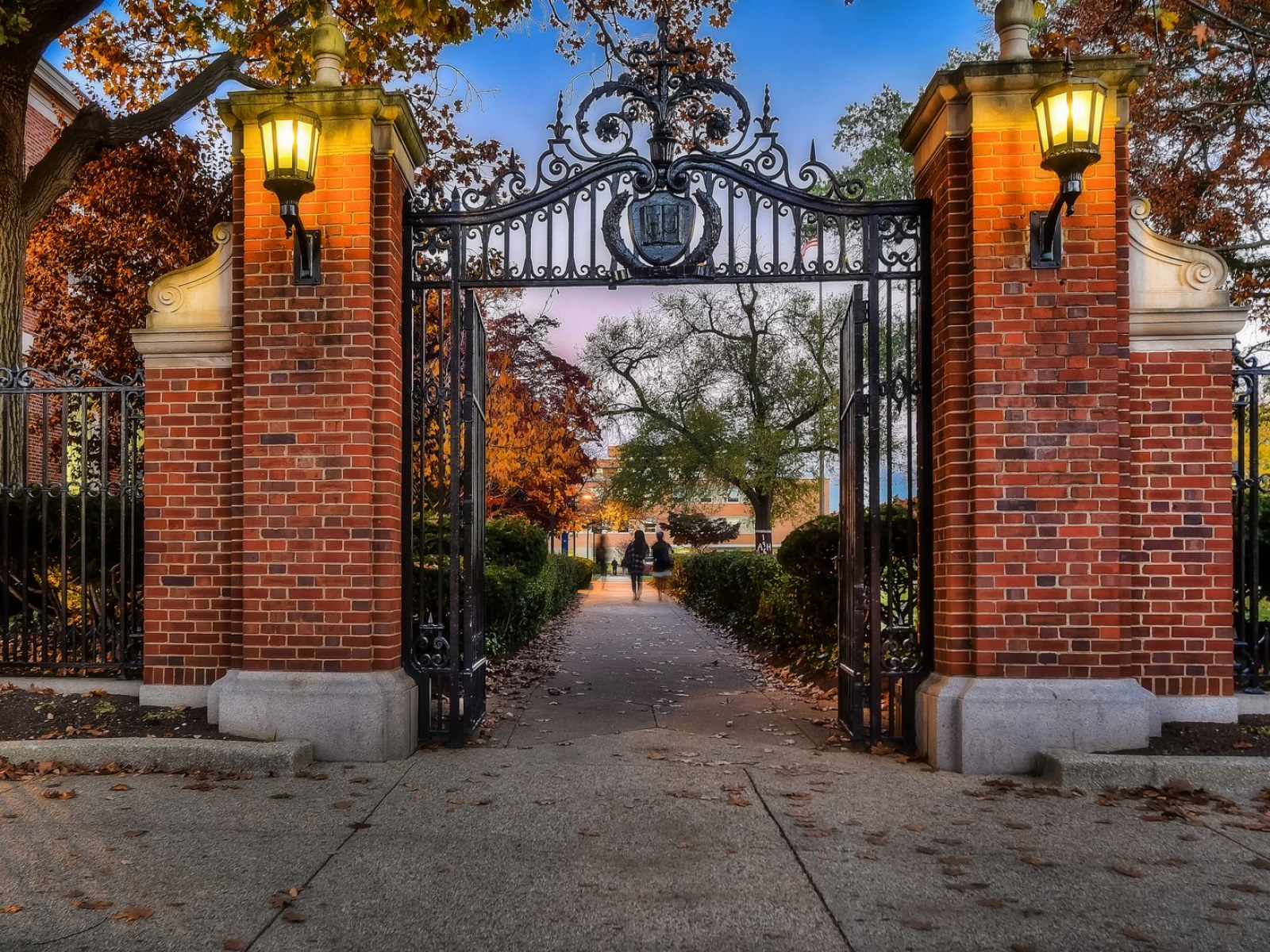Cobb Biological Anthropology Laboratory
The W. Montague Cobb Human Skeletal Collection stands as one of the world's most extensive and systematically documented collections of human skeletons. Its existence significantly contributes to enhancing our knowledge and understanding of homosapiens' biology. With a focus on various aspects such as human growth, development, aging, variation, and pathology, the Cobb Collection provides an ideal resource for conducting research in skeletal studies.
Background
Between 1932 and 1969, Dr. William Montague Cobb led the collection project at the Laboratory of Anatomy and Physical Anthropology in the Department of Anatomy at the Howard University College of Medicine. Cobb, along with his staff and students, meticulously dissected, documented, and preserved the cadavers in the laboratory. The Biological Anthropology Laboratory came into existence, initially occupying three rooms in Frederick Douglass Memorial Hall, as an offshoot of the Laboratory of Anatomy and Physical Anthropology Dr. Cobb established in 1932. The first phase of curation was lead by Dr. Michael L. Blakey and funded by a grant from the Howard University Division of Academic Affairs. This phase, which was completed in 1988, involved approximating the size and composition of the collection and identifying major curatorial challenges. A computer database was created to catalog the nearly 1000 cadaver records, 189 human skeletons, and 1 juvenile chimpanzee skeleton that were transferred to the newly established Biological Anthropology Laboratory. The second and more extensive phase of curation took place between 1992 and 1994, under the direction of Dr. Joyce Ladner, who served as the Vice President for Academic Affairs. During this phase, the laboratory was allocated an additional 1,085 square feet of dedicated space, and the budget to sustain it was increased. Professor Mark Mack, who joined the Howard faculty in 1993, followed Dr. Blakey as the lab's director and remained in that position until his untimely death in 2012 following a fatal car crash. In 2013, Dr. Fatimah Jackson was named director of the lab, a position she held until 2020. Under her direction, research related to the collection and the reputation of the lab continued to grow.
The Collection
The value of the Cobb Collection primarily stems from its meticulous documentation, making it a rarity among collections. A total of 982 individuals have associated documents, which not only serve as valuable resources for skeletal studies but also form a standalone database for demographic and epidemiological research focused on the impoverished population, particularly from the Washington Metropolitan Area and neighboring states. Out of the documented individuals, occupations are recorded for 95 individuals, predominantly from the 1930s. The documented and inventoried data align in this aspect. Among them, 48 men and 21 women were engaged in labor and domestic work, respectively. The Cobb Collection is particularly relevant for studying the biological implications of poverty and investigating the health conditions of these specific unskilled labor groups. Causes of death are documented for 790 individuals, with 27 records containing recent medical histories and diagnoses. The ages at death span a wide range from 17 to 106 years. The collection also includes records of pathologies present at the time of death, even if they were not considered the primary causes of death. This comprehensive data provides valuable insights into the health and pathology profiles of individuals within the collection.
New York African Burial Ground
In 1991, construction workers discovered the skeletal remains of more than 400 Africans who lived in the 17th and 18th centuries in lower Manhattan at a site for a new federal office building. Community activists insisted that the location be historically identified, and it was discovered that the site was a burial ground for free and enslaved Africans who lived outside the boundaries of the settlement of New Amsterdam (which would later be names New York). GSA contracted Howard University, the Cobb Lab in particular, to conduct research on the remains and to produce reports that helped a general and scholarly audience understand more about who the Africans were. While the skeletal remains were reinterred in 2003, the report revealed a wealth of information about the skeletal remains. Soil samples, among other artifacts, remain a part of the Cobb lab's inventory.
UPDATES
Today, the W. Montague Cobb Biological Anthropology Laboratory has been relocated to the newly renovated Frederick Douglass Memorial Hall. It houses a valuable permanent collection of skeletal remains that have been preserved through the dedicated work of its directors, staff, and researchers.
The Cobb Lab is currently closed to external researchers. The University is conducting a search for a new director of the Cobb Lab. We anticipate re-opening the lab to non-university researchers in 2025.

